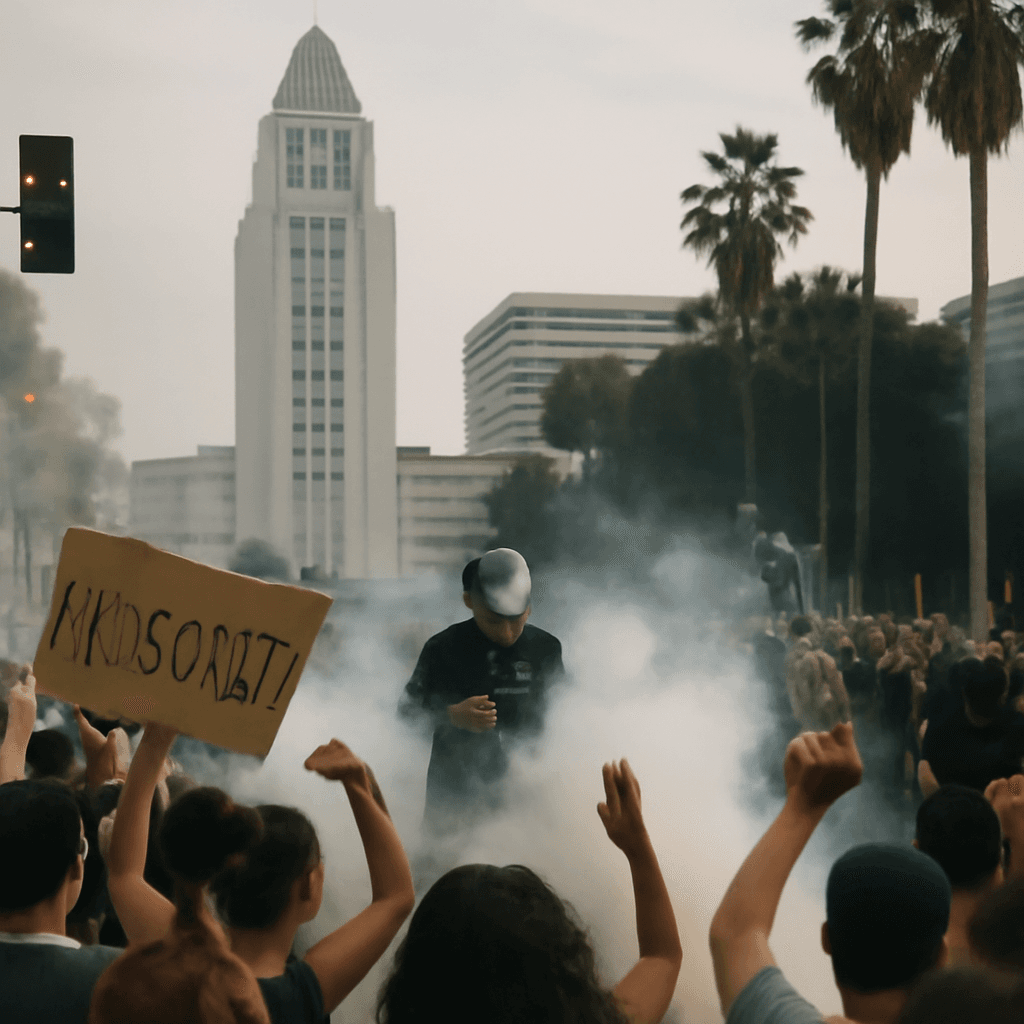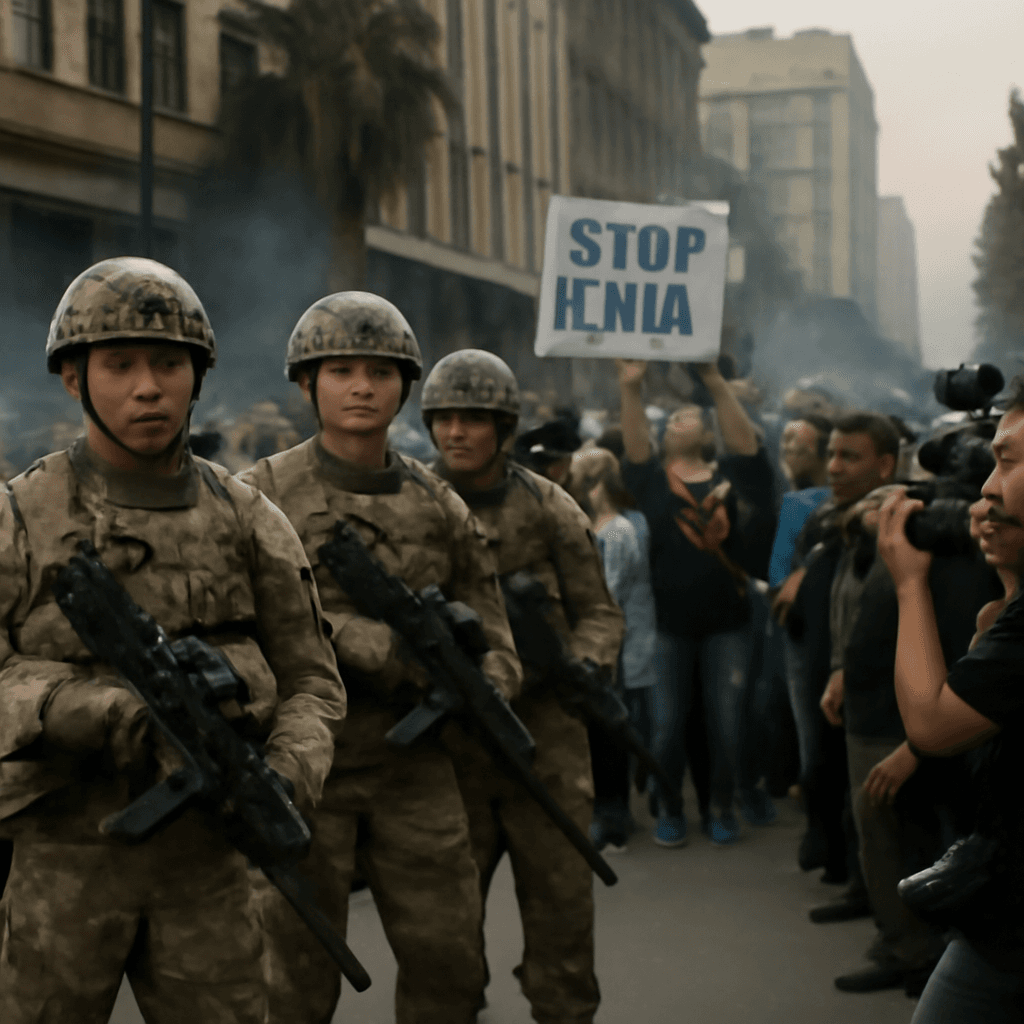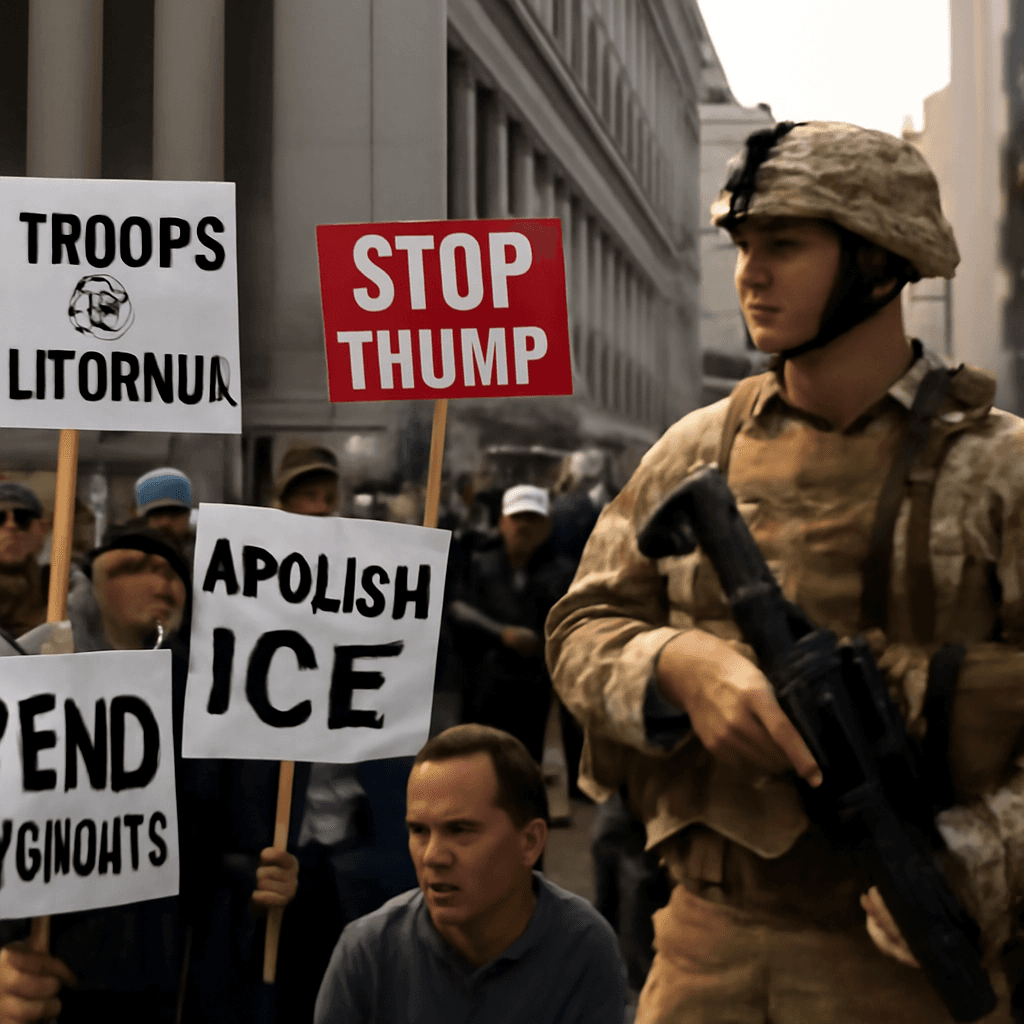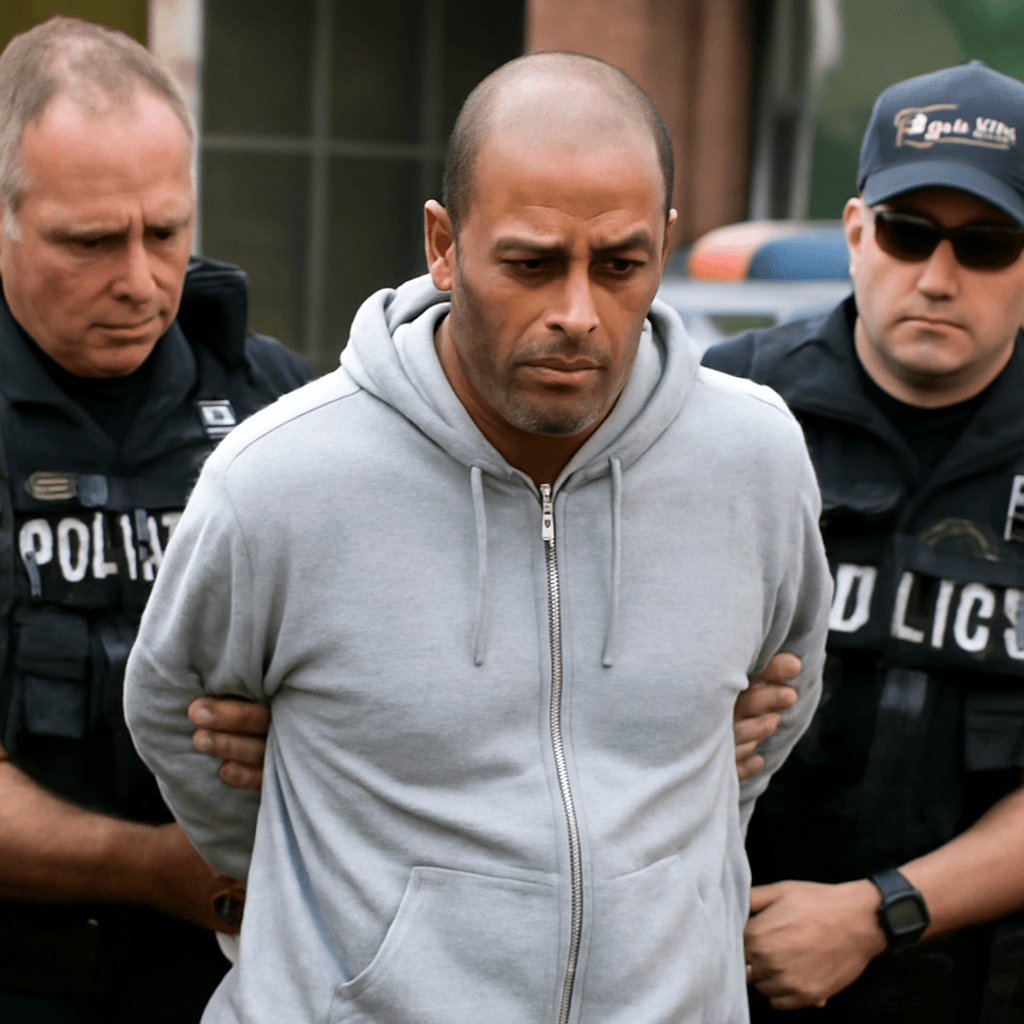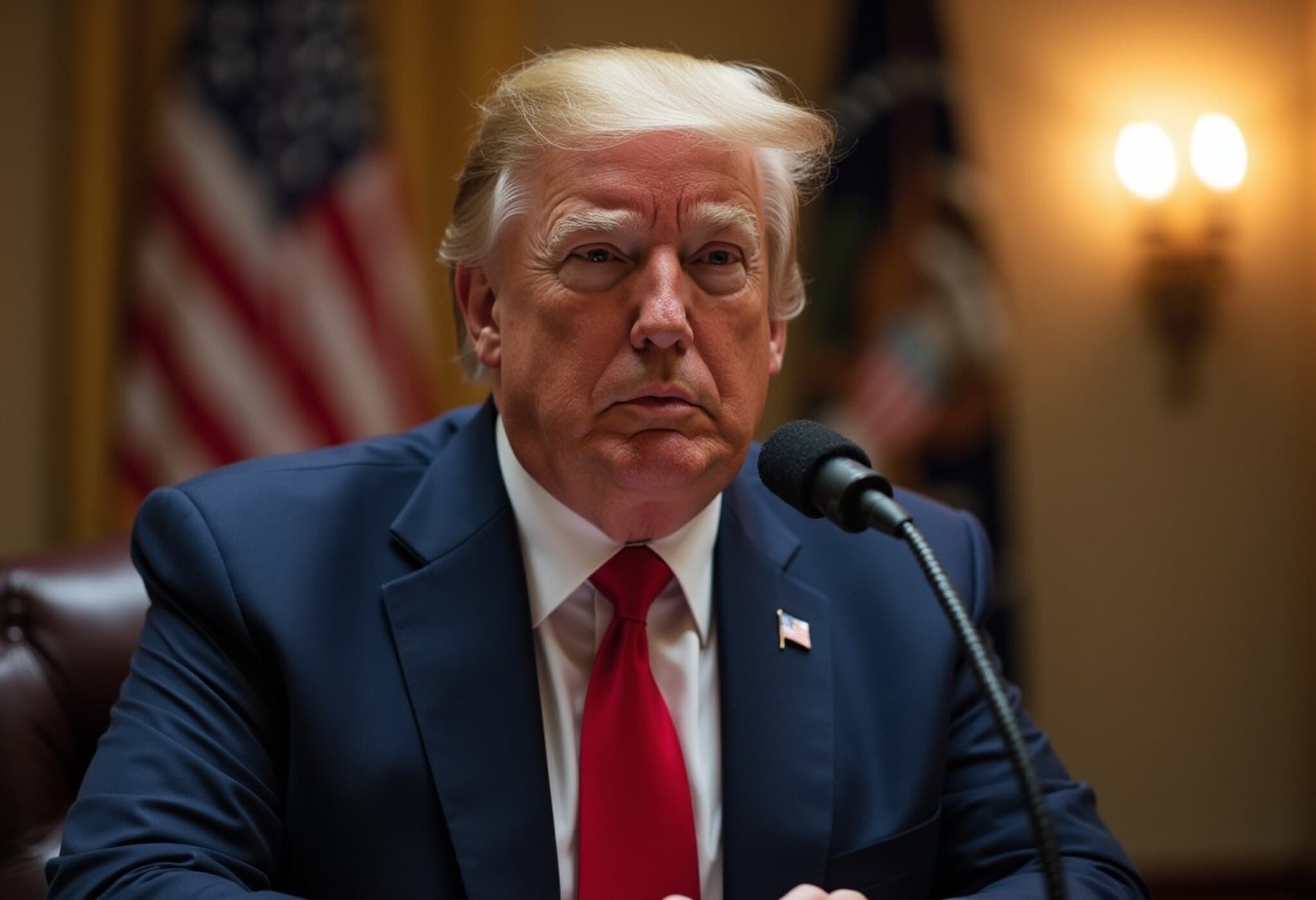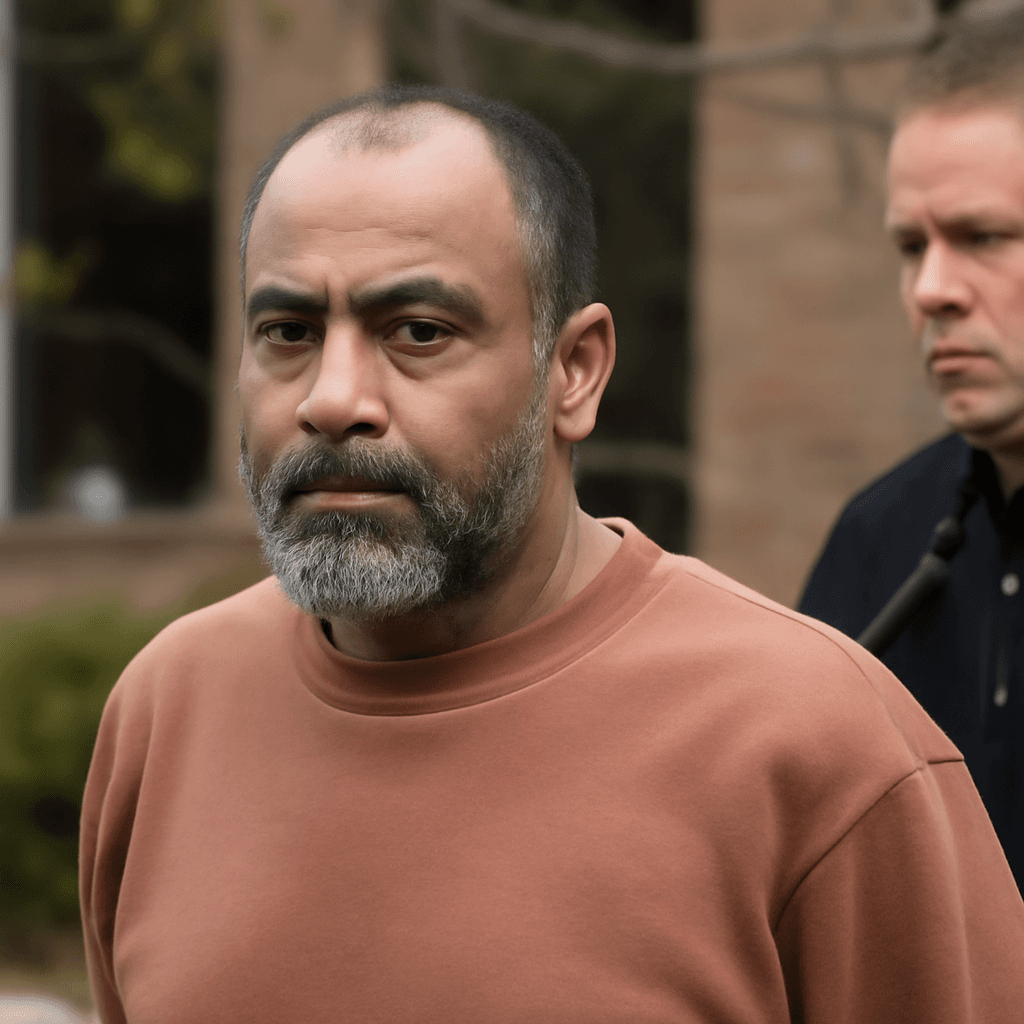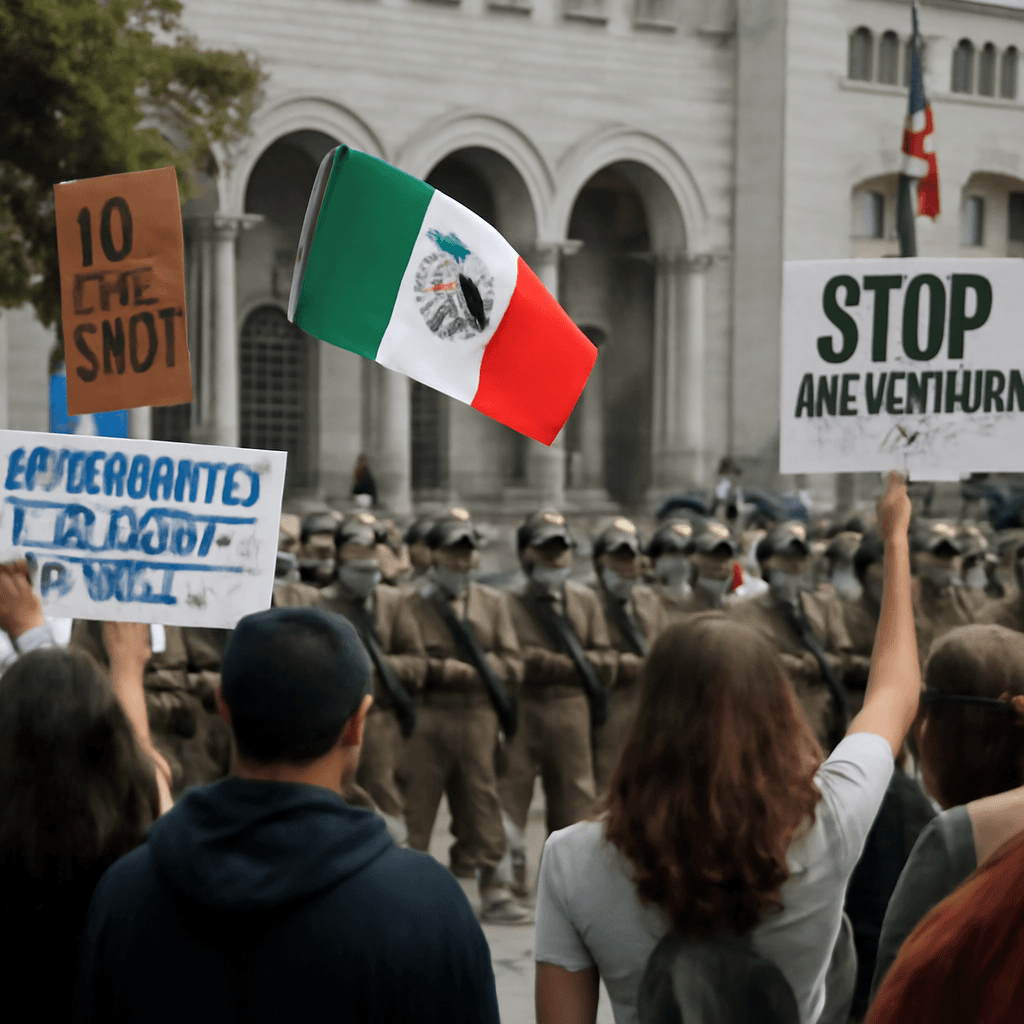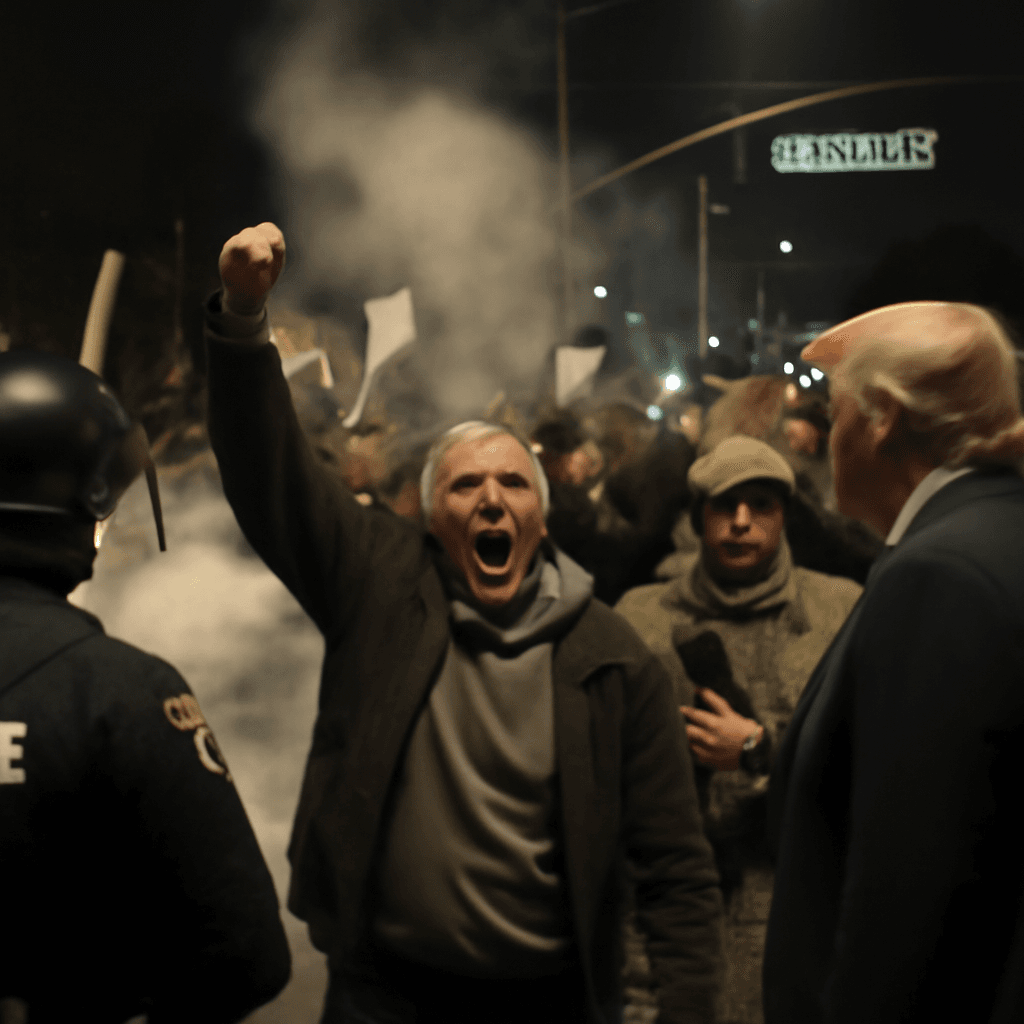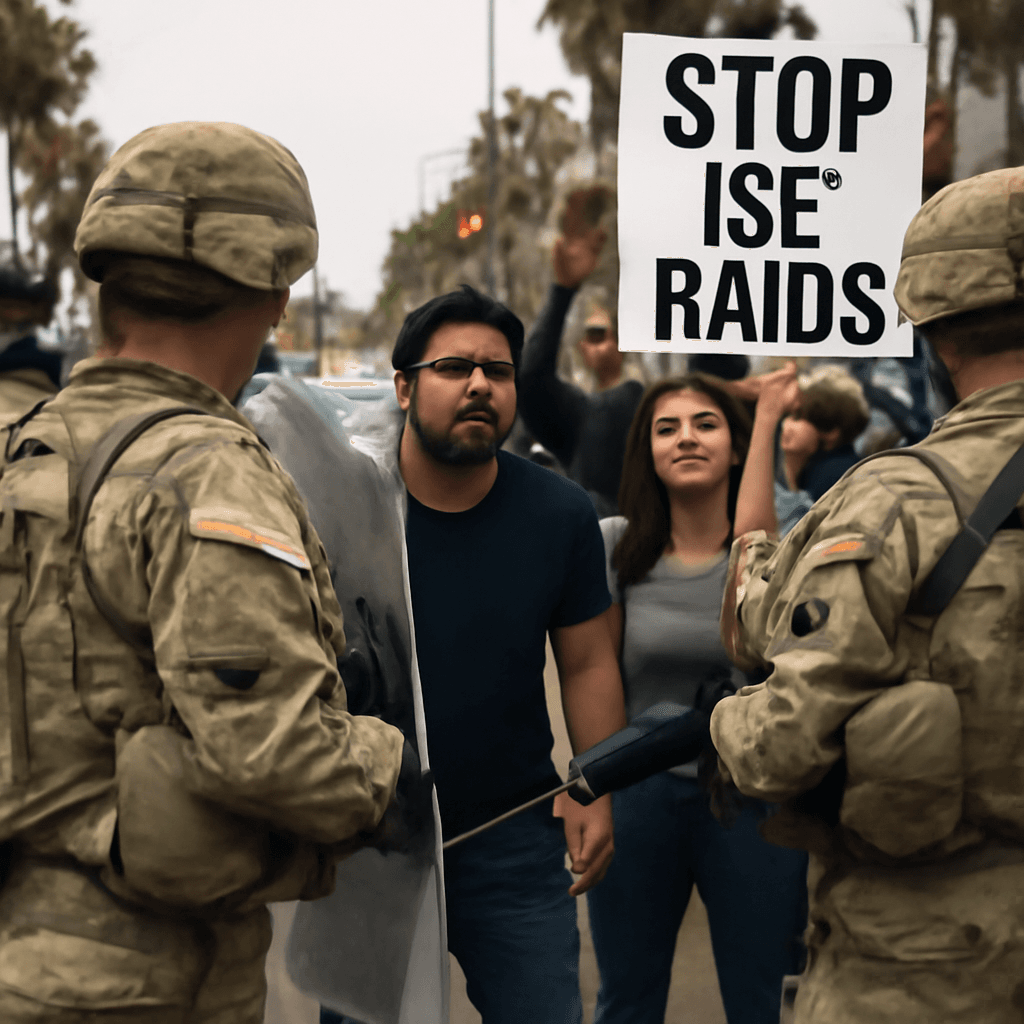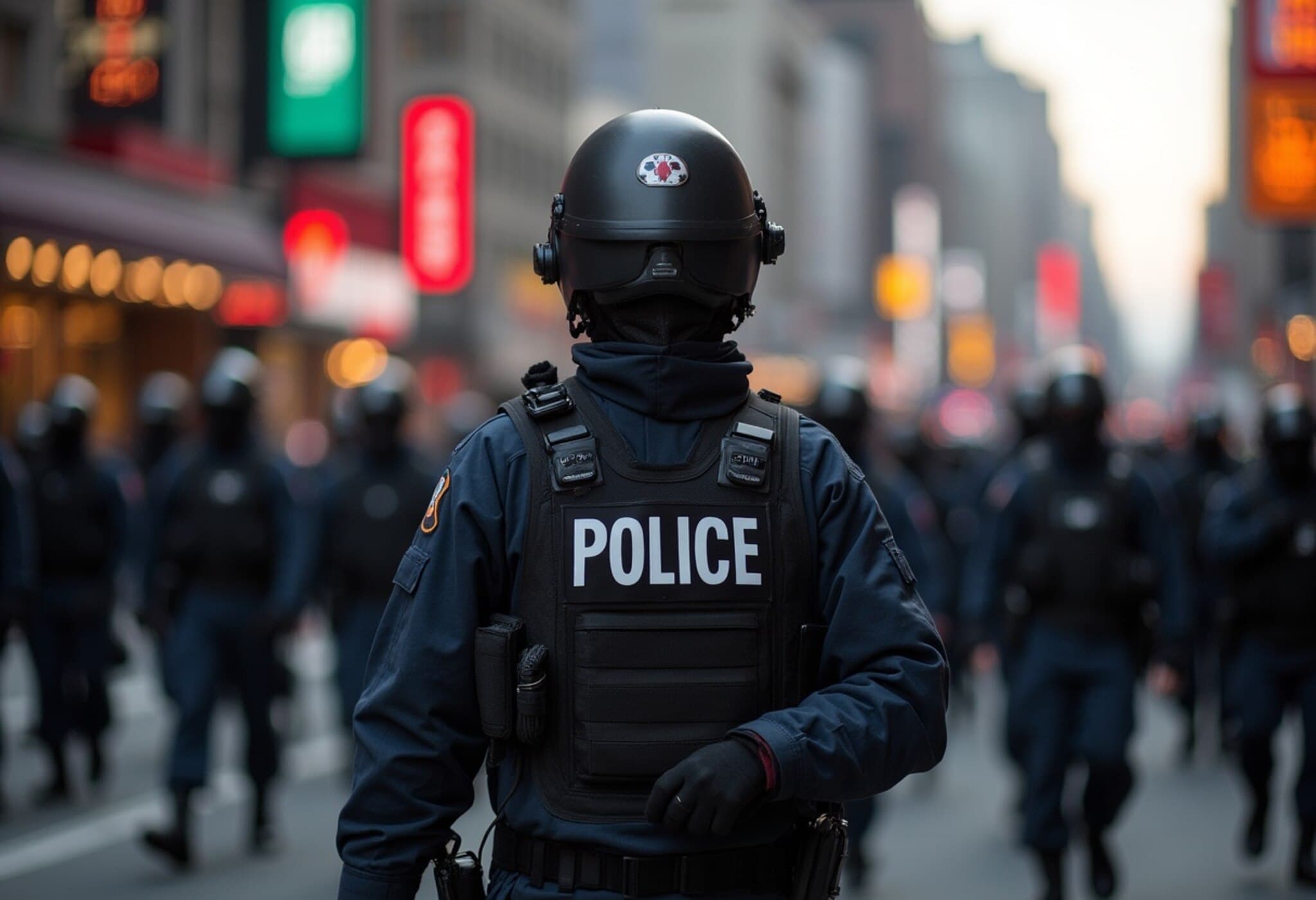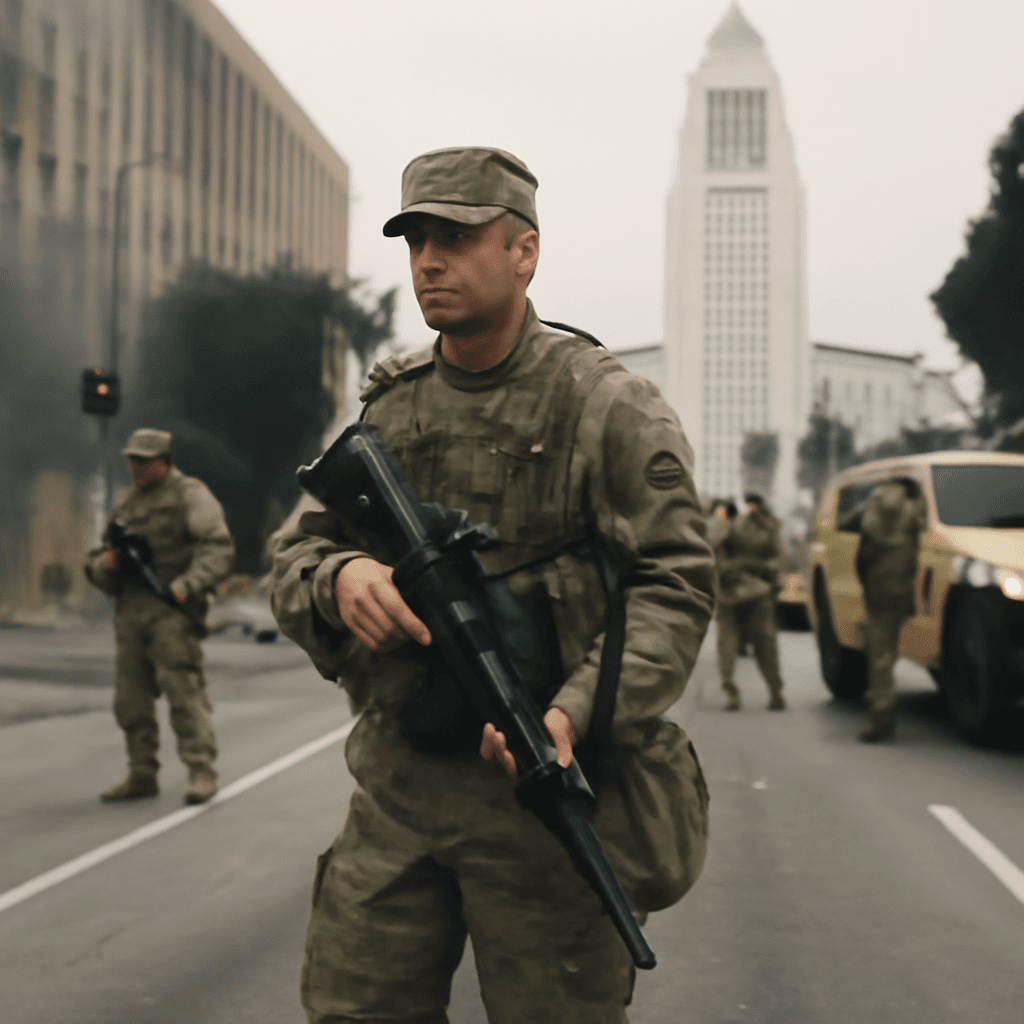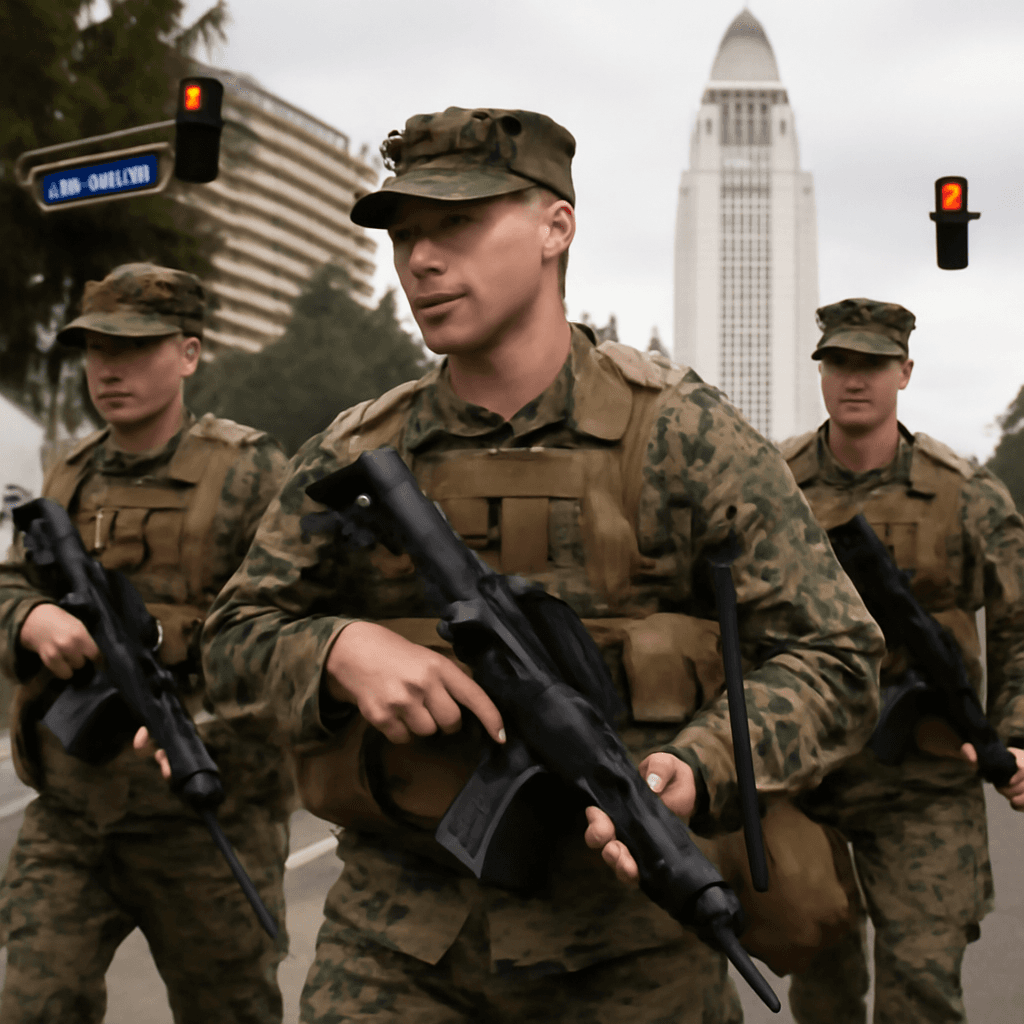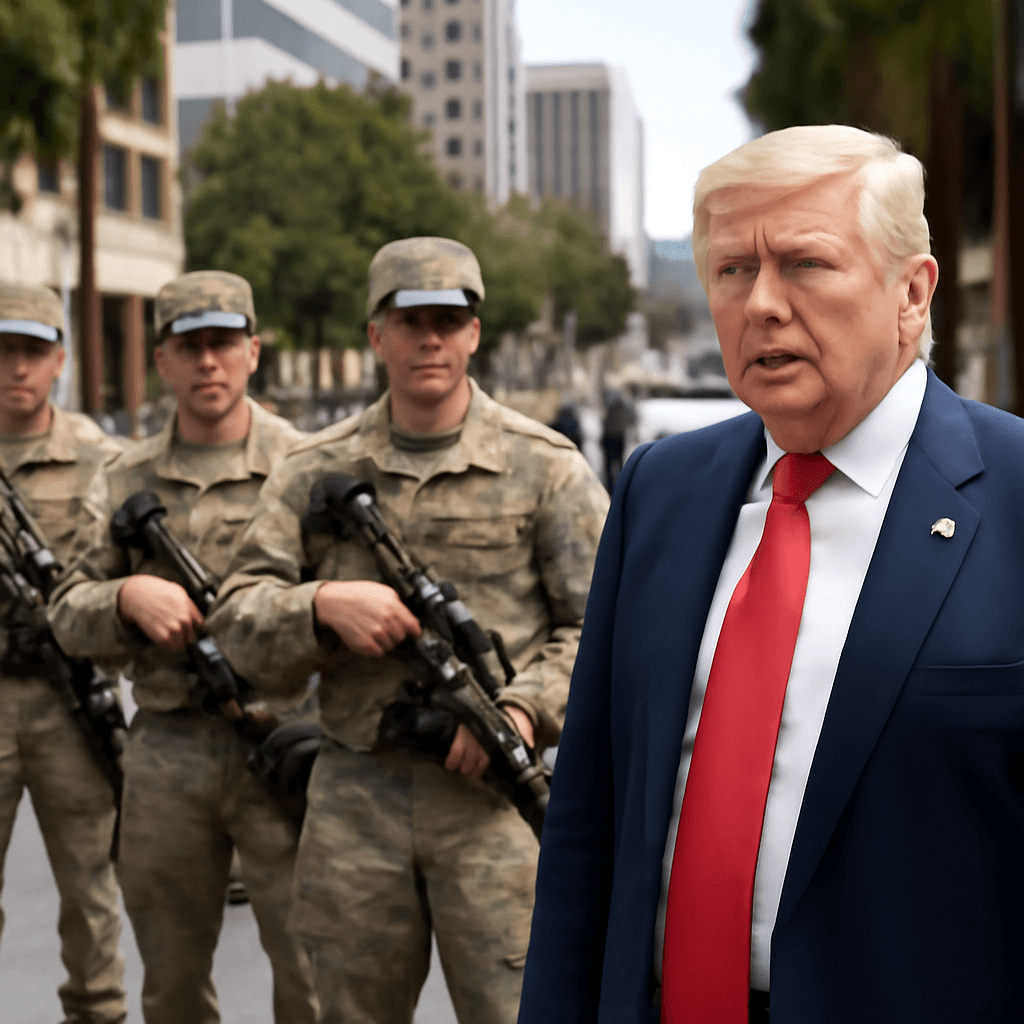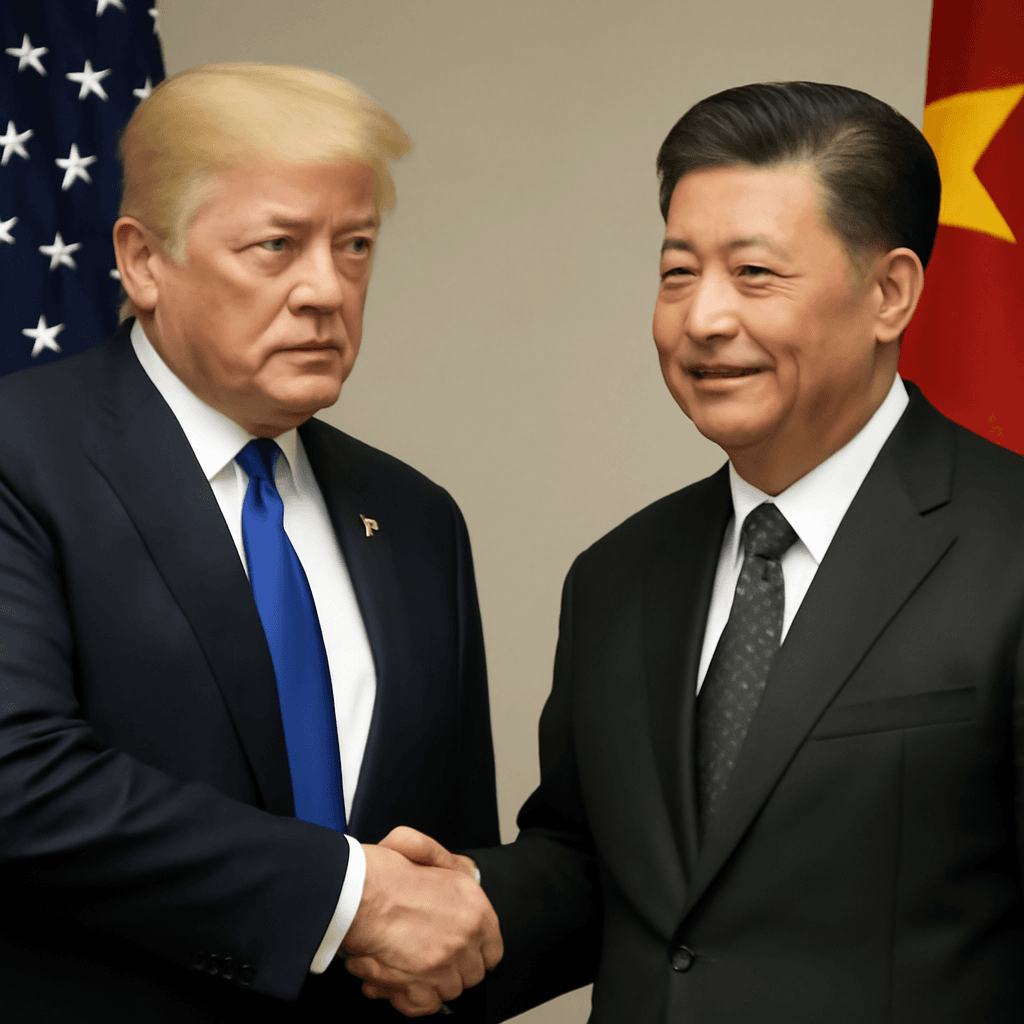Intense Protests Erupt in Los Angeles Over Federal Immigration Raids
Los Angeles witnessed escalating unrest as protests intensified outside a federal detention center following recent Immigration and Customs Enforcement (ICE) raids targeting undocumented immigrants. The demonstrations grew heated, prompting law enforcement agencies including the California National Guard and Department of Homeland Security to deploy tear gas and less lethal munitions to disperse crowds.
Authorities Respond with Dispersal Orders and Non-Lethal Force
The Los Angeles Police Department announced through social media that a dispersal order had been issued, authorizing the use of less lethal munitions designed to cause pain and discomfort to those resisting. As armored vehicles cleared paths through the throngs, protesters chanted defiantly, “This is what democracy looks like!” and hurled water bottles at officers.
Federal Troop Deployments Increase Amid Rising Tensions
In response to the unrest, the Department of Defense confirmed an additional deployment of 2,000 California National Guard troops to support ICE and federal law enforcement operations in the city. This wave of reinforcements comes on top of an earlier deployment of 2,000 troops ordered just days before, signaling a significant federal escalation.
Meanwhile, over 700 US Marines have been activated and remain on standby near Los Angeles, undergoing further training ahead of their potential involvement in managing the protests.
Political Leaders Clash Over Responsibilities and Responses
Addressing the situation from Fort Bragg, President Donald Trump condemned the protests as “a full-blown assault on peace, on public order, and national sovereignty.” He criticized California Governor Gavin Newsom and Los Angeles Mayor Karen Bass, labeling them “incompetent” and accusing them of encouraging agitators and insurrectionists to participate in the demonstrations.
The President also revealed ongoing efforts with U.S. Senators to propose legislation that would impose prison sentences of up to one year for those burning the American flag.
Meanwhile, California has taken legal action, filing a lawsuit to challenge the constitutionality of the federal troop deployments, reflecting the growing political divide surrounding immigration enforcement and civil unrest.
What’s Driving the Protests?
Anger fueled the demonstrations following the massive ICE raids that resulted in dozens of arrests targeting undocumented residents in Los Angeles. Protesters demand that ICE halt enforcement activities in the city, viewing the raids as an affront to immigrant communities and local governance.
What Lies Ahead?
With federal forces bolstering their presence and local opposition mounting, Los Angeles stands at a pivotal moment. The situation underscores the complex and contentious battle over immigration policy, enforcement, and community relations in America’s second-largest city.
As tensions flare, all eyes remain on how authorities and activists will navigate the weeks ahead in this unfolding struggle.

